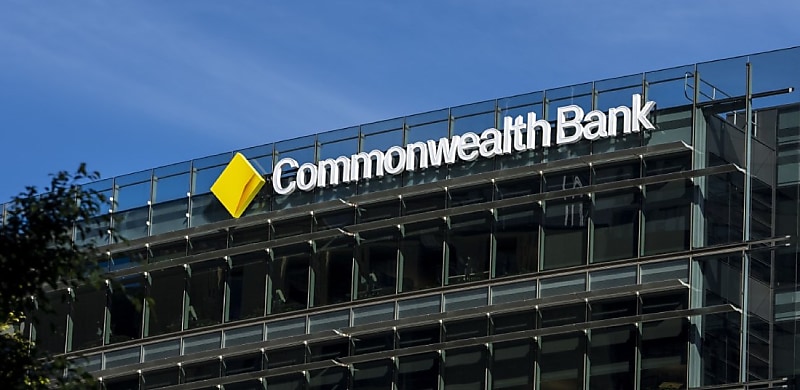
The major bank funded $17 billion less in home loans in the first half of the 2023 financial year than they did in 2022, as the property market softens.
The Commonwealth Bank of Australia (CBA) has released its financial results for the half year ended 31 December 2022 (1H23), revealing that it has seen a drop in volume for new mortgages.
When looking at the overall retail banking group, which includes both CBA and Bankwest, there was a total of $77 billion in new mortgages funded.
This represents an 18 per cent drop on the prior comparative period (1H22), when $94 billion of loans were funded.
When excluding its wholly owned subsidiary Bankwest, new mortgages funded by CBA dropped 23 per cent on last year’s figures to $65 billion.
The drop in new lending at Australia’s largest bank mirrors an overall trend in market.
Given the rapidly rising rate environment and tighter serviceability, new home loan commitments have been falling while refinance activity has been hitting new records.
Similarly, the proportion of CBA customers opting to fix their home loan rate dropped dramatically in tandem with the central bank’s consecutive rate rises.
Around 93 per cent of the group’s new home loans were for variable rate mortgages, reversing the fixed-rate trend of 1H22, when just 53 per cent were variable.
Interest-only loans increased over the half, with 19 per cent of new loans being IO (up from 17 per cent).
However, fewer loans had Lenders Mortgage Insurance (LMI) tied to them in 1H23. Just 10 per cent of loans required LMI in 1H23, down from 15 per cent on the same period the year before.
The loan loss rate increased 13 bps to 11 bps.
Broker flows remain firm
According to the results, around 49 per cent of the group’s new mortgages were originated by the broker channel (holding firm on the same period last year), with the third-party channel responsible for 47 per cent of the bank’s total home loan portfolio.
When looking at CBA alone, this dropped to 42 per cent (the same proportion as 1H22).
According to the bank’s results, its overall home loan portfolio spot balance (which includes direct-only brand Unloan) at the end of December 2022 was $570 billion, up from $539 billion at 1H22.
Indeed, the bank has had mortgage success via the tech platforms it backs, including Home-in, which has settled $3 billion of homes since launching in September 2018, with 98 per cent of users taking up a CBA home loan.
Its digital-only home loan brand Unloan has also seen strong take-up with young borrowers, with CBA flagging that it will be looking to achieve “instant approvals” this year.
Loan impairment expense increase
While cost-of-living pressures rose, consumer arrears remained low, which the bank said was mainly due to a strong labour market and seasonal impacts such as the benefit of tax refunds.
Around 78 per cent of customers were ahead of their repayment schedules — the bank results showed — broadly in line with 1H22.
Troublesome and impaired assets decreased by $0.5 billion to $6.3 billion in 1H23. Gross impaired assets decreased by $0.5 billion to $3.0 billion over the comparative period but were broadly flat over the half.
The bank also revealed it had increased its loan impairment expense to $511 million, an increase of $586 million, reflecting “ongoing inflationary pressures, supply chain disruptions, rising interest rates and decline in house prices”.
Competition expected to continue
Speaking after releasing the 1H23 results, CBA chief executive Matt Comyn told media that the last six months had been “a very intense competitive landscape in the Australian mortgage market in at least 20 years and we expect that to continue in both home loans and deposits.”
He suggested that it would be “worthwhile” to review its (3 per cent) loan buffer as the interest rate cycle hits its peak, suggesting it would be “prudent” to review the buffer setting at an “appropriate time” over the course of the year.
Mr Comyn told journalists: “We can also see some customers drawing down on savings … to compensate. And yet this is not translated into customers falling behind on repayments. In fact, arrears are still at all-time lows. However, [that is] assuming two further cash rate increases, and with the full impacts of the rate rises so far yet to fully flow through to home owners.
“A customer on an average variable home loan has seen monthly repayments increased by $700; with another $400 or a further 50 per cent increase still to come.
“We are proactively contacting every customer who is coming off a fixed rate mortgage this year, so that we can discuss what kind of support and options we can offer them.”
The Adviser understands that this includes broker clients.
 Login
Login











JOIN THE DISCUSSION